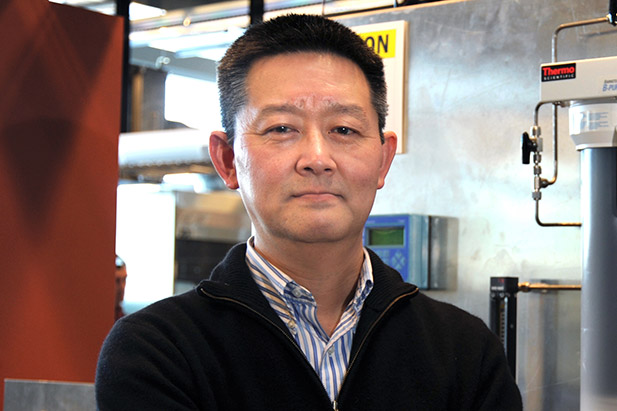Seven years since Fukushima: what has changed in Ontario
Akira Tokuhiro, PhD, offers expertise to Ontario’s nuclear emergency response plan
January 22, 2018

After the 2011 Fukushima Daiichi nuclear power plant accident in Japan, the Province of Ontario initiated a review of policies and approaches governing preparations for responding to potential nuclear emergency in Ontario.
In revising the Provincial Nuclear Emergency Response Plan (PNERP), the province sought input from the public. It also established a five-member PNERP Advisory Group to review stakeholder comments and offer its recommendations to the Ministry of Community Safety and Correctional Services.
One of the experts appointed to the group was Akira Tokuhiro, PhD, Dean and Professor of the University of Ontario Institute of Technology’s Faculty of Energy Systems and Nuclear Science.
In the aftermath of the Fukushima accident, Dr. Tokuhiro served on the American Nuclear Society (ANS) President’s Committee on the accident. He also helped issue its March 2012 report at a media conference in Tokyo, Japan.
“I was fortunate to be selected to the PNERP independent group, which brought expertise in emergency management, risk assessment, nuclear and radiation safety and nuclear emergency response,” says Dr. Tokuhiro. “We had a broad scope to consider international best practices arising from lessons learned in the Fukushima accident and to assess Ontario’s ability to protect the health, safety, welfare and property of the province.”
The advisory group benefitted from Dr. Tokuhiro’s international background in nuclear reactor engineering, design and safety. In addition to his ANS work on what happened at Fukushima, he was technical co-author of a book on the Japan accident.
“It is difficult to compare the situation in Ontario versus Japan, and in particular predict whether a sequence of large-scale natural disasters could endanger the province’s nuclear generating stations,” says Dr. Tokuhiro. “The probability is indeed very low. However, the fact that the Canadian nuclear industry is thinking and preparing under a just-in-case scenario means it is doing its due diligence.”
Dr. Tokuhiro’s key PNERP report takeaways for Durham Region residents:
- PNERP assures the public there is a process where nuclear organizations and the Province of Ontario are accountable for safety measures.
- The province has an updated emergency procedure to activate in case of the potential for risk or under an actual emergency.
- The PNERP review is an update from 2010 and based on lessons learned from the 2011 nuclear accident in Japan.
- It is important to remember that risk is a spectrum. In the case of radiation, key preventive measures include limiting exposure to the radiation source (if there is one), keeping distance from it, and using shielding or materials between yourself and the radiation source.
Background about nuclear energy in Canada
Canada’s nuclear industry traces its roots to the early 1940s. Early reactors were designed for ‘heavy water’ and radioisotope production and research. Further study in the 1950s and 1960s led to the development of nuclear energy for domestic electricity production (CANDU reactors). Canada has built 25 nuclear power reactors since 1958. All but six remain active, primarily in densely populated southern Ontario. There are also about a half-dozen small research reactors, mostly on Canadian university campuses.
Media contact
Bryan Oliver
Communications and Marketing
Ontario Tech University
905.721.8668 ext. 6709
289.928.3653
bryan.oliver@uoit.ca



